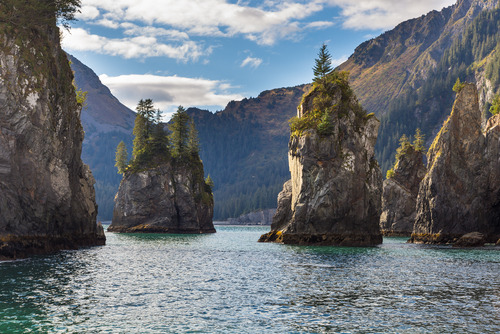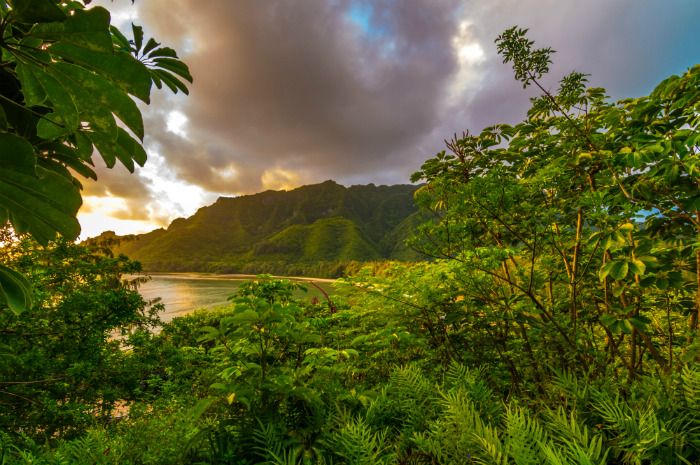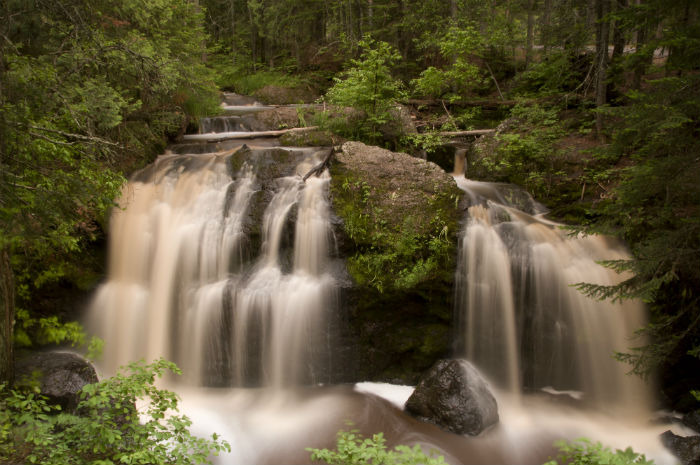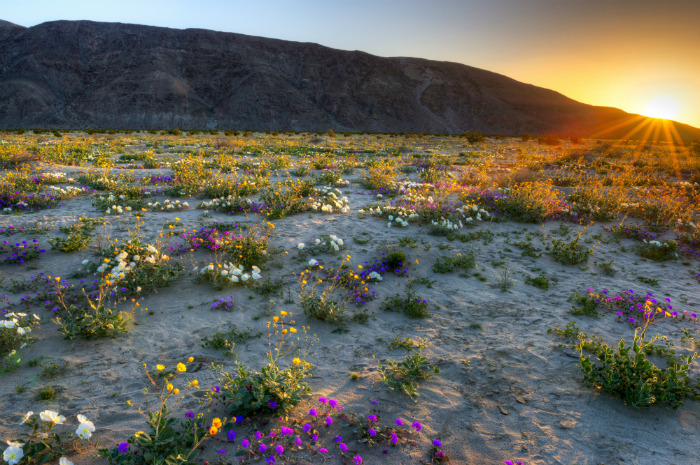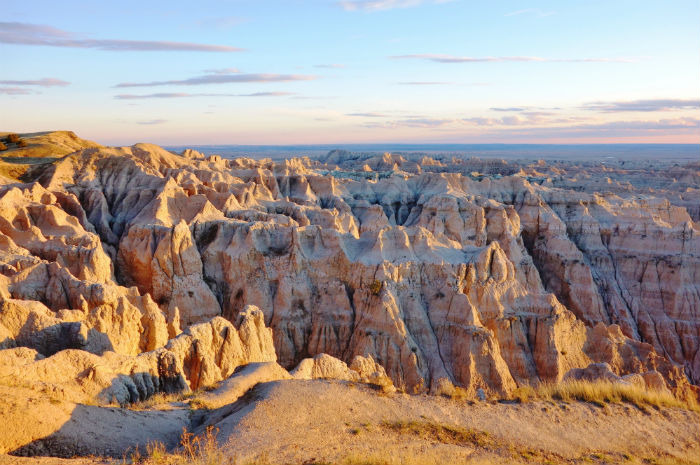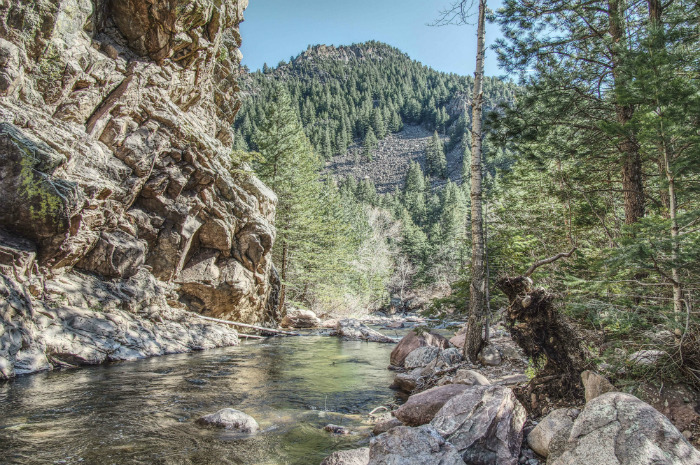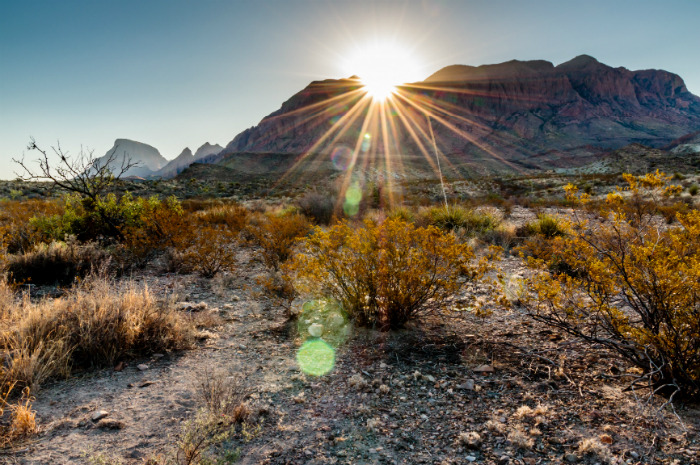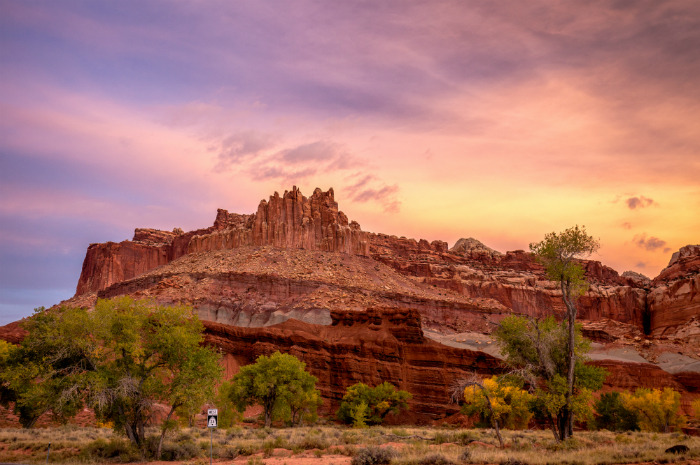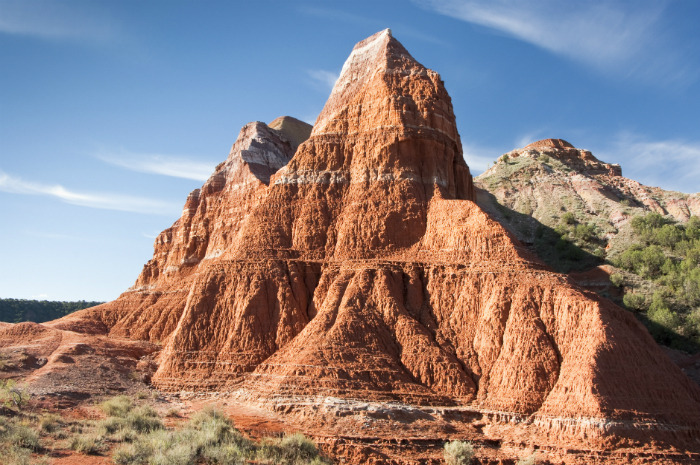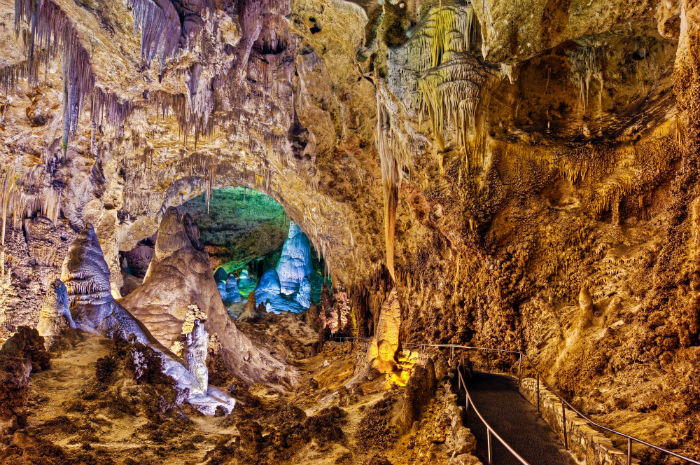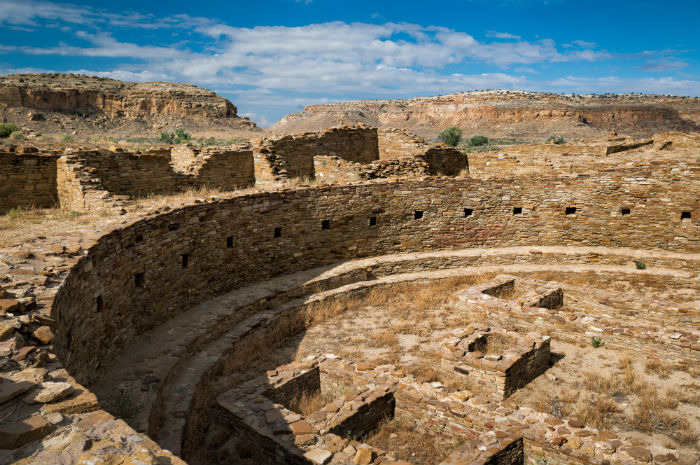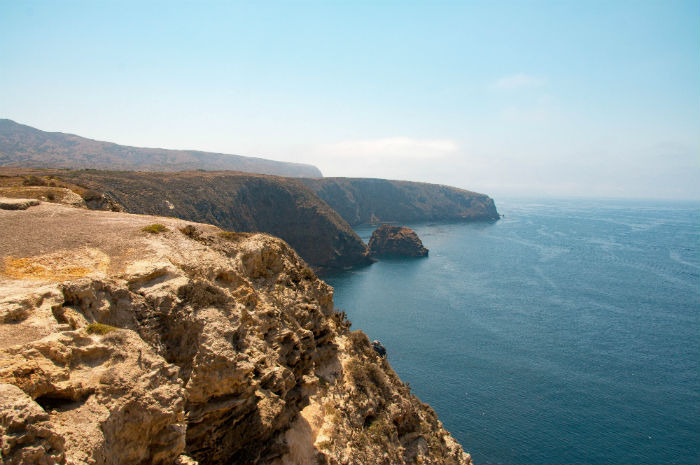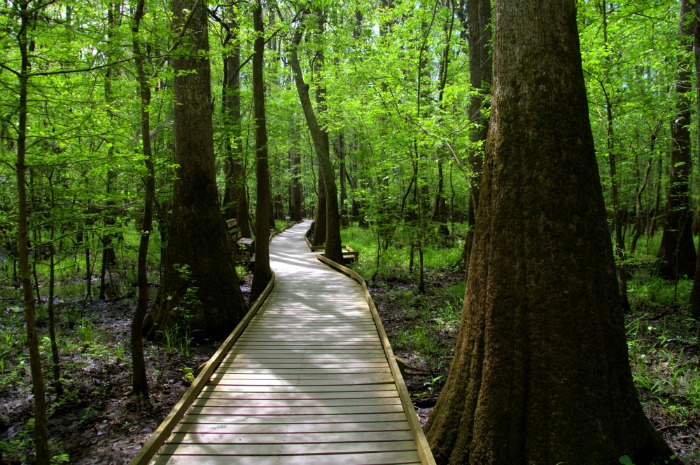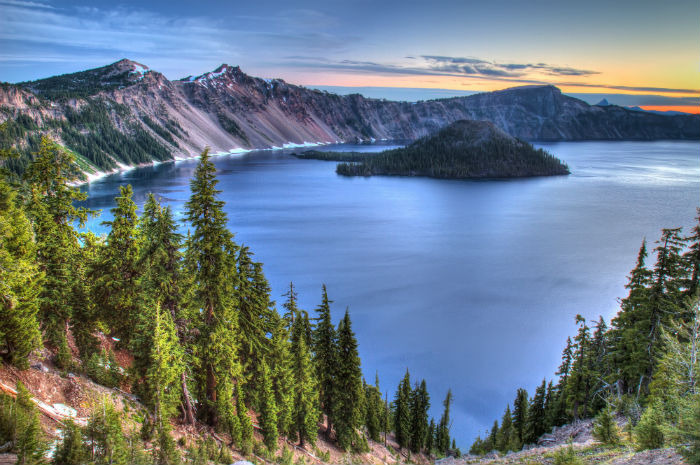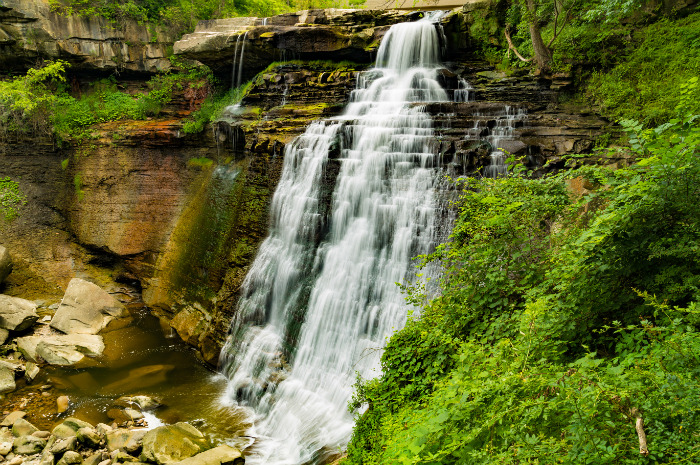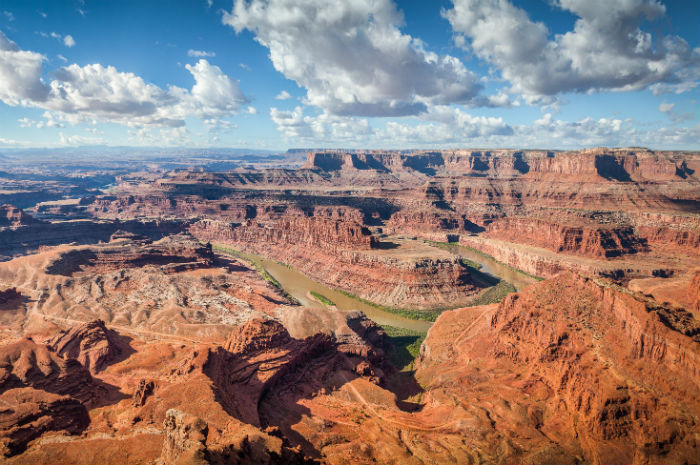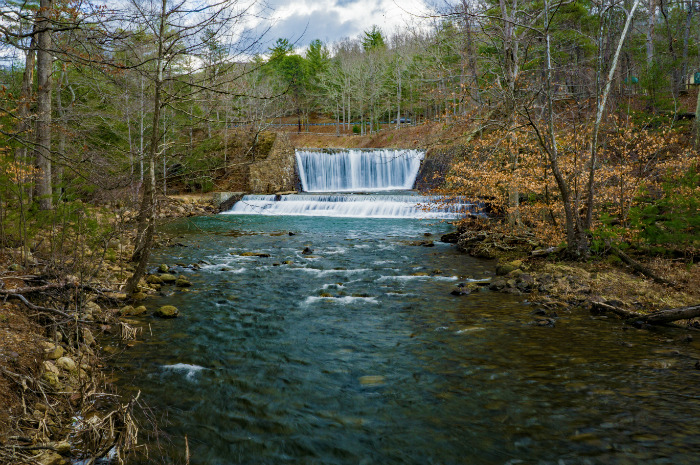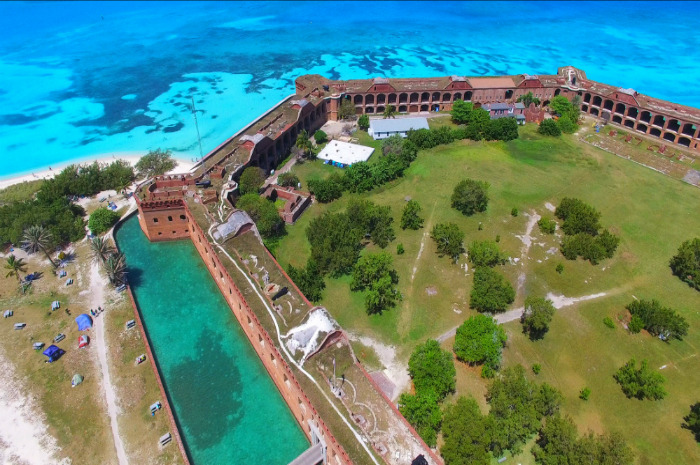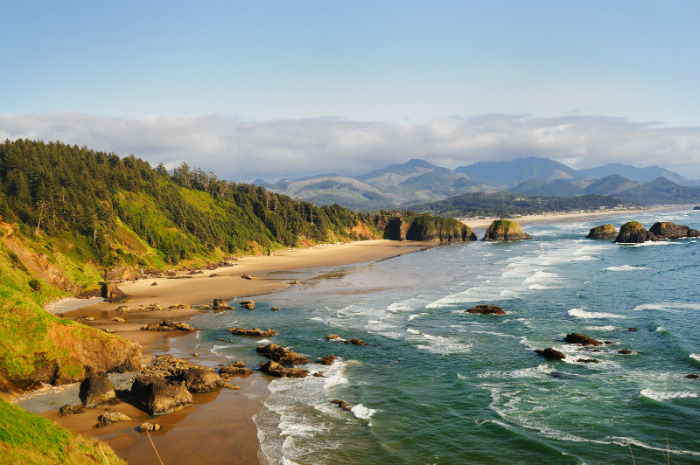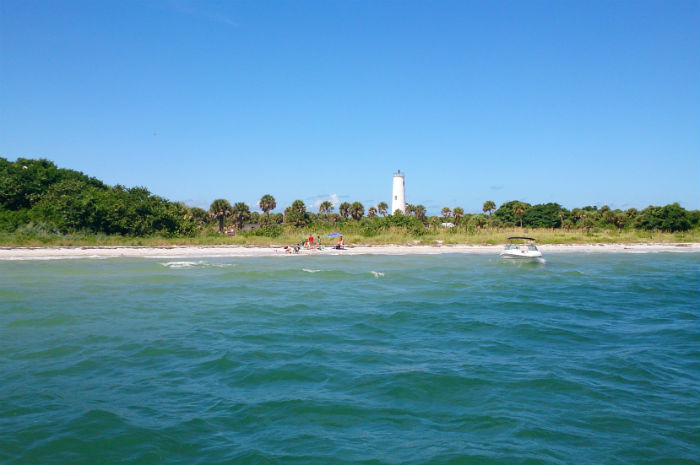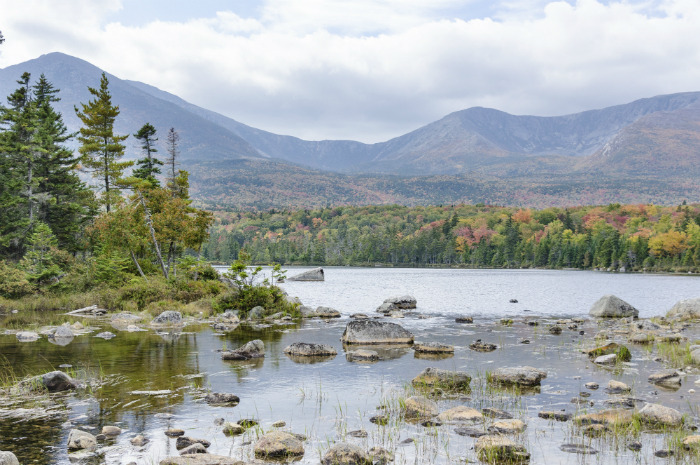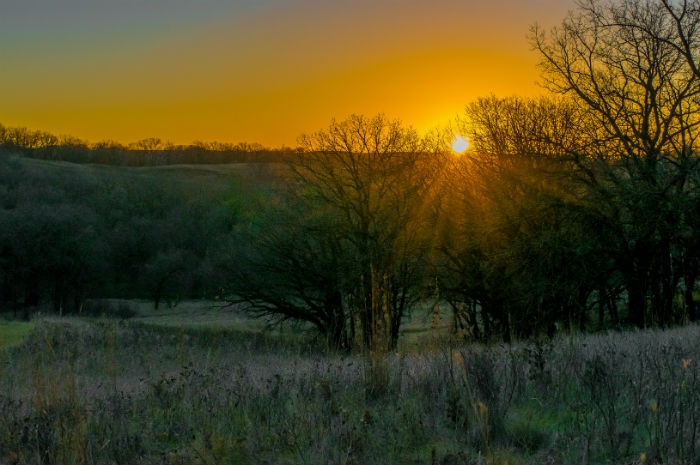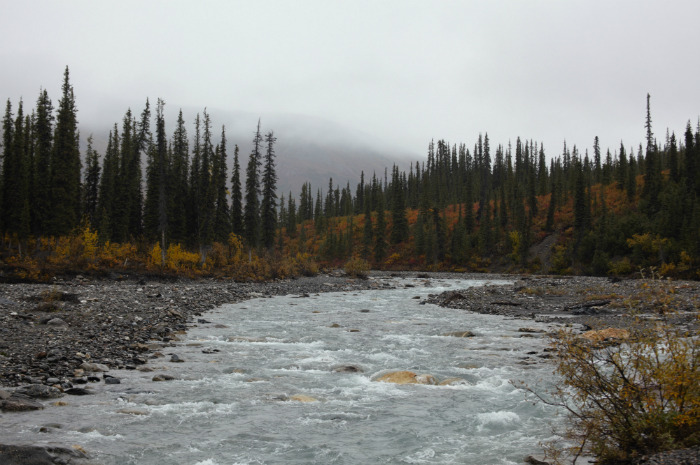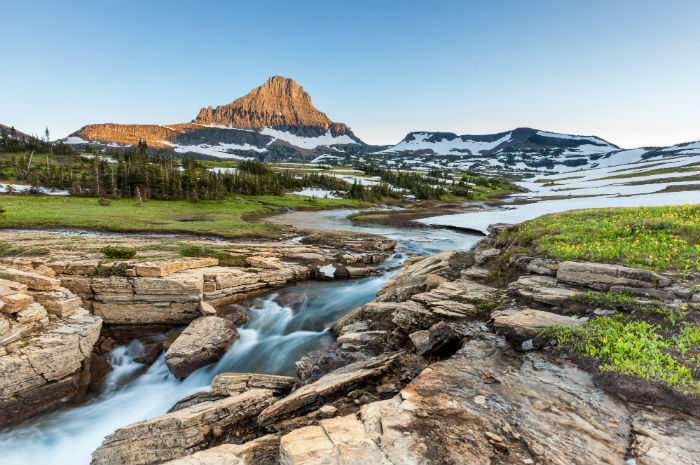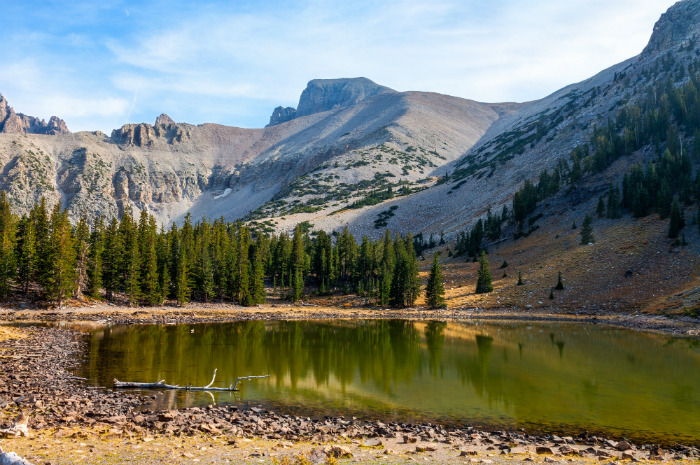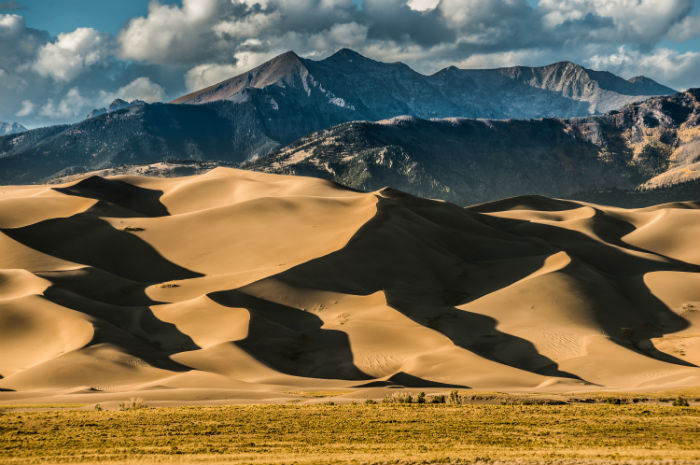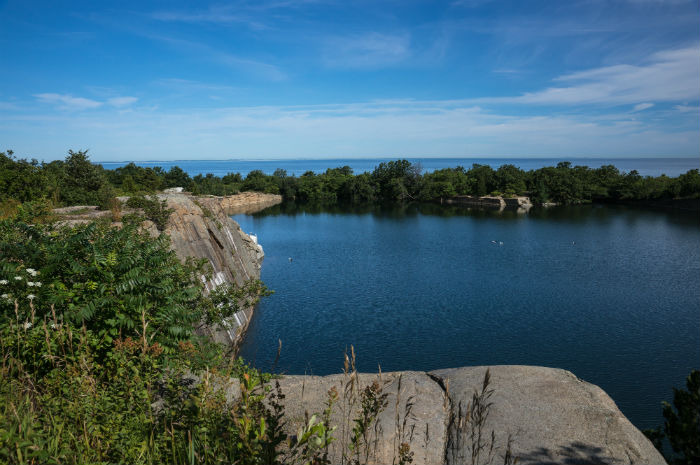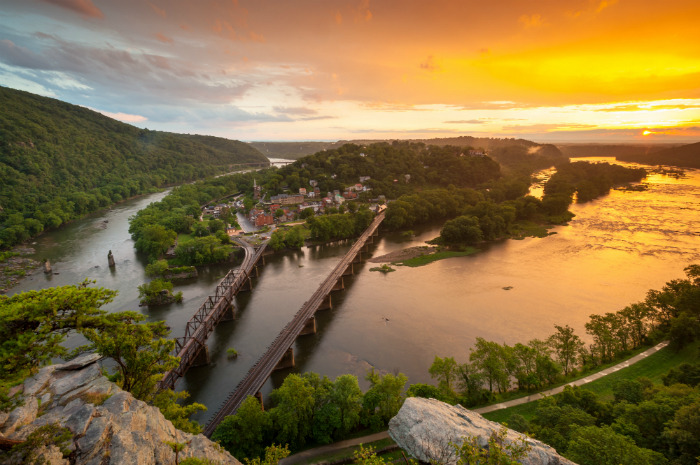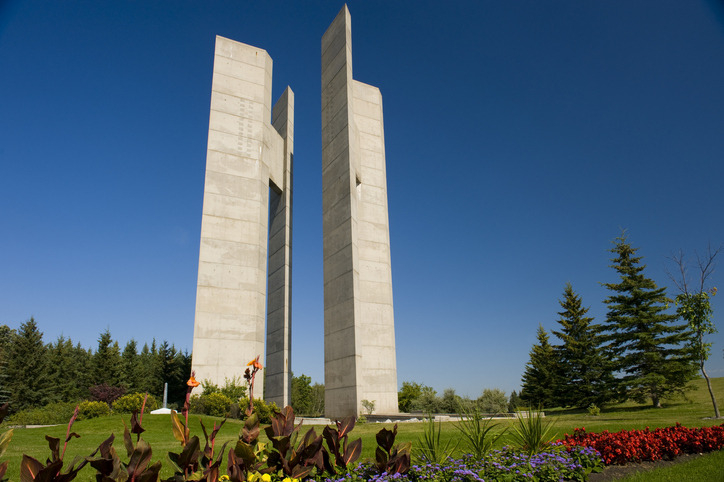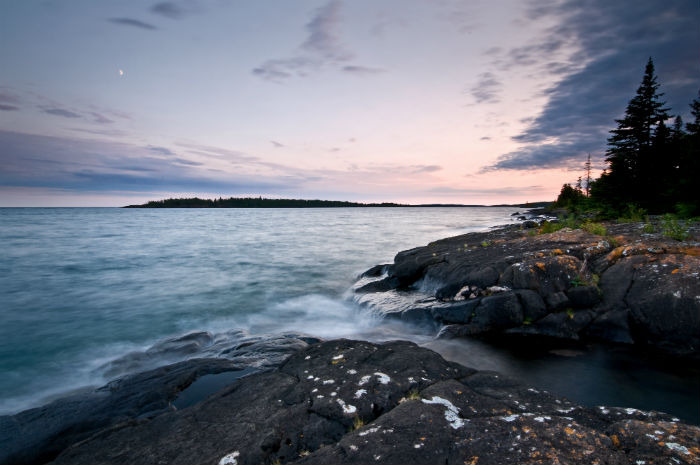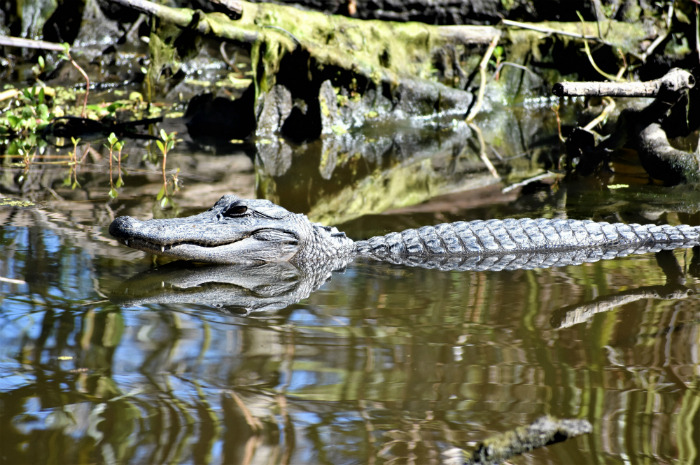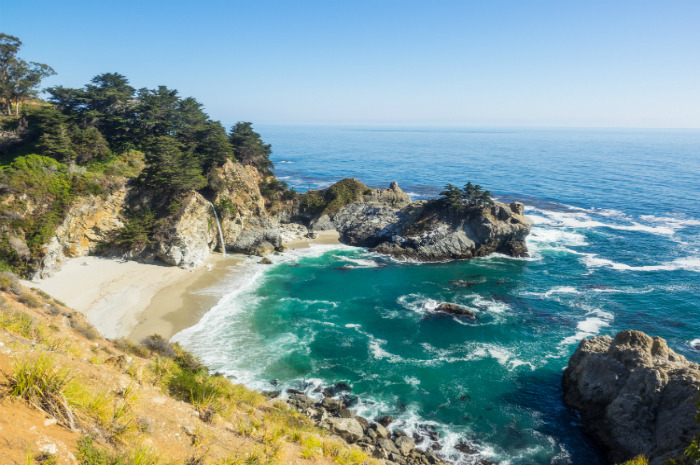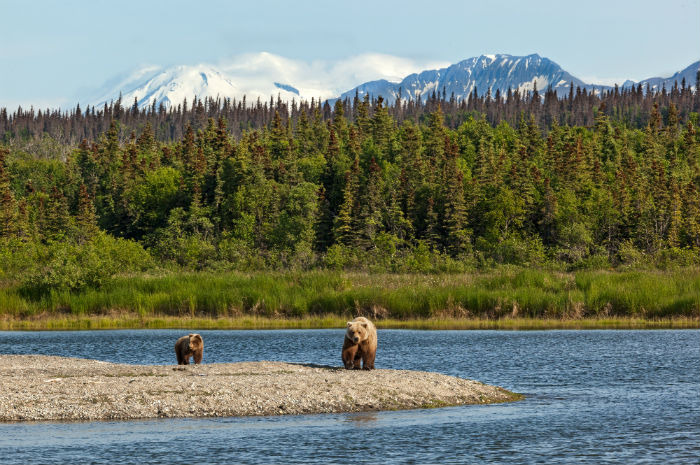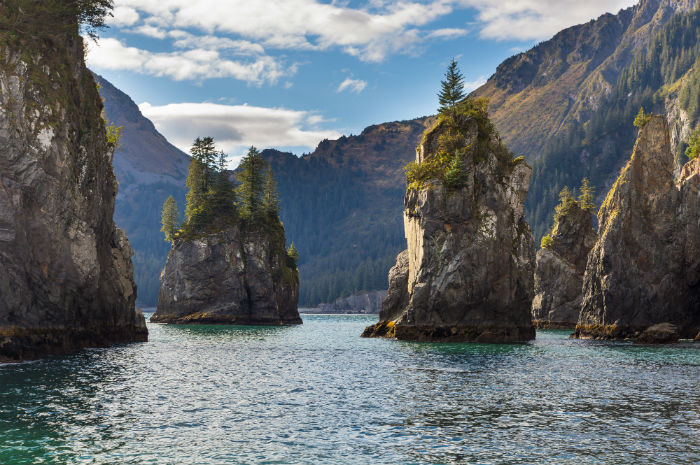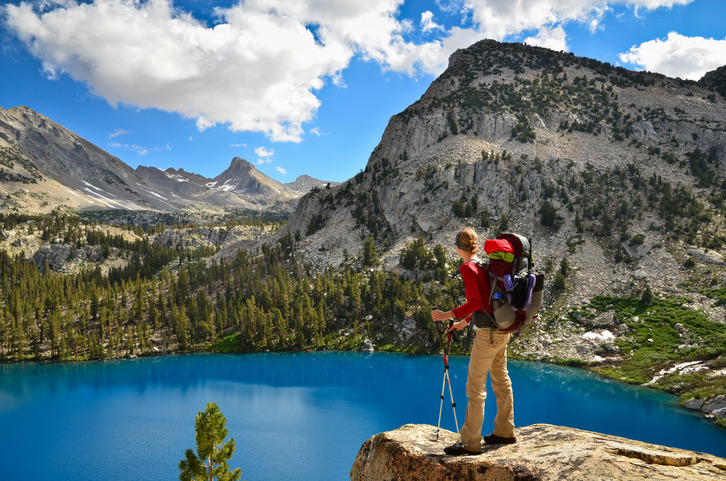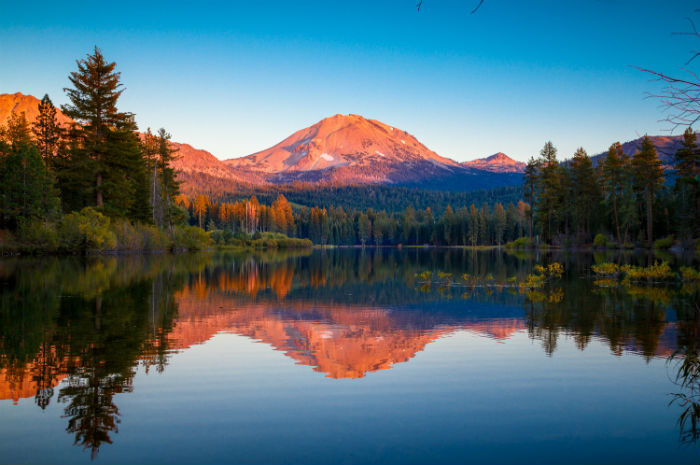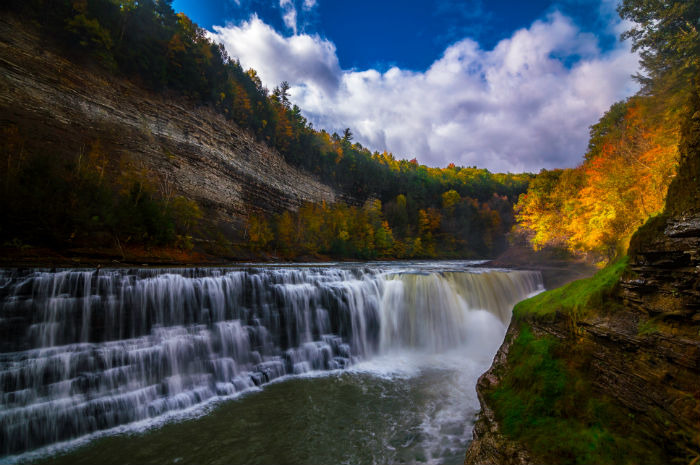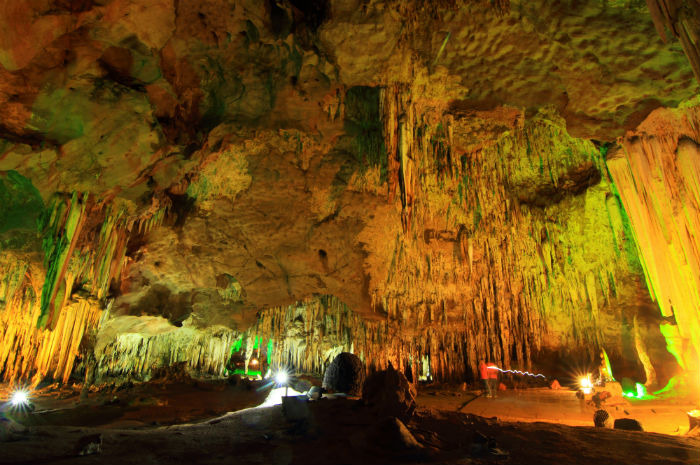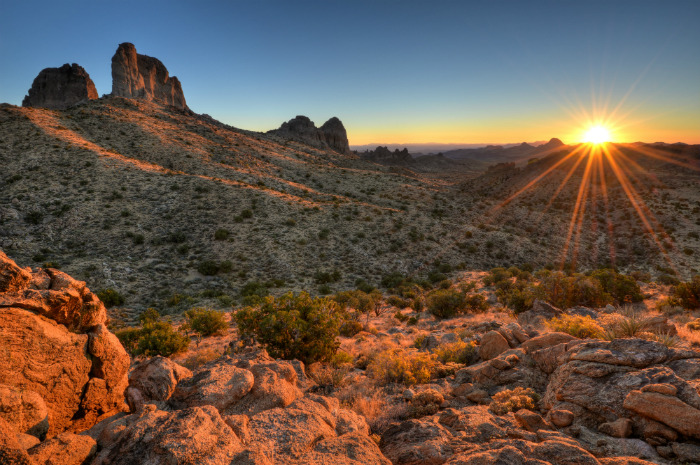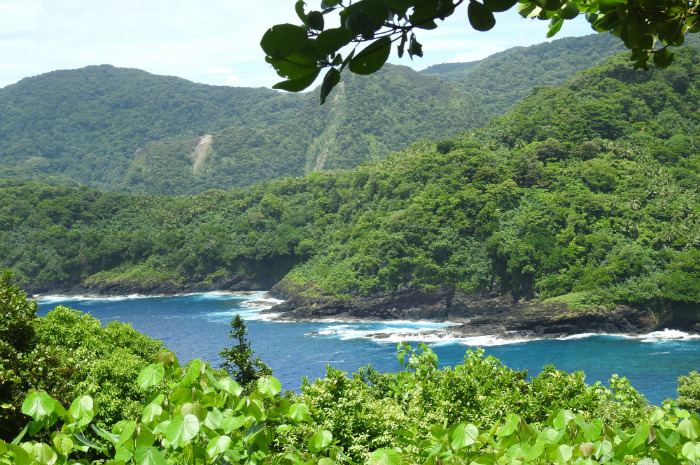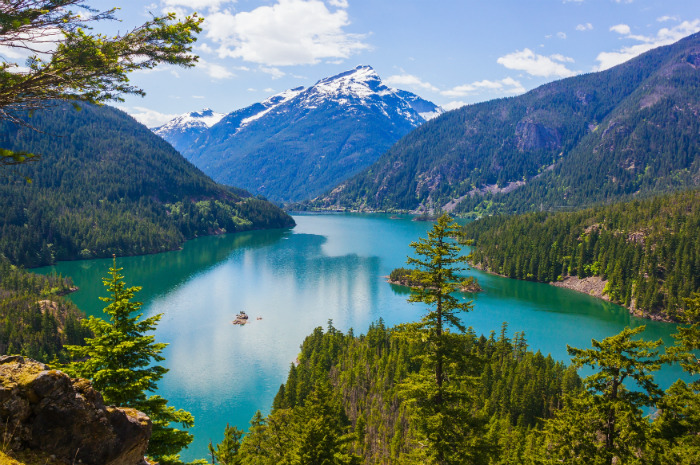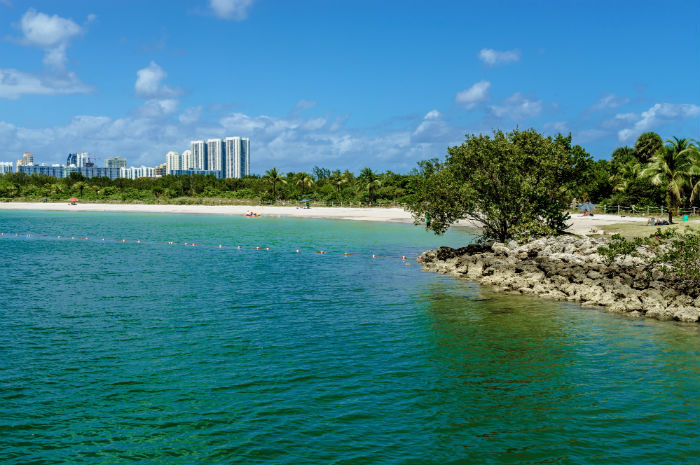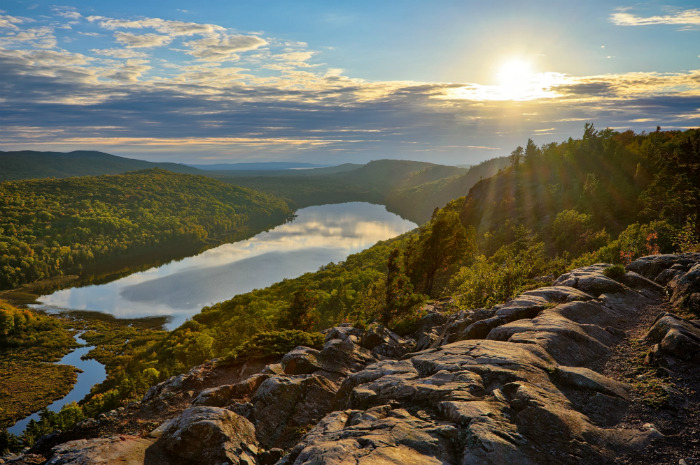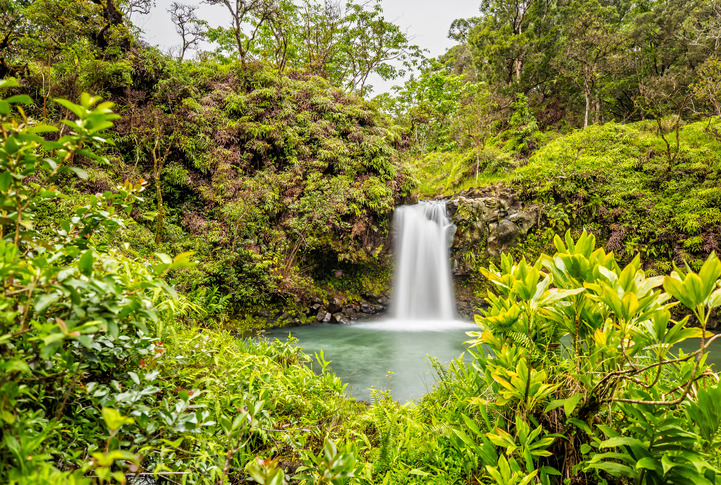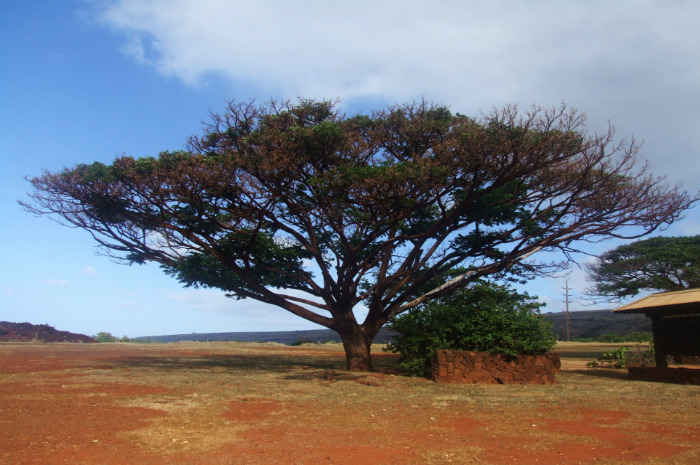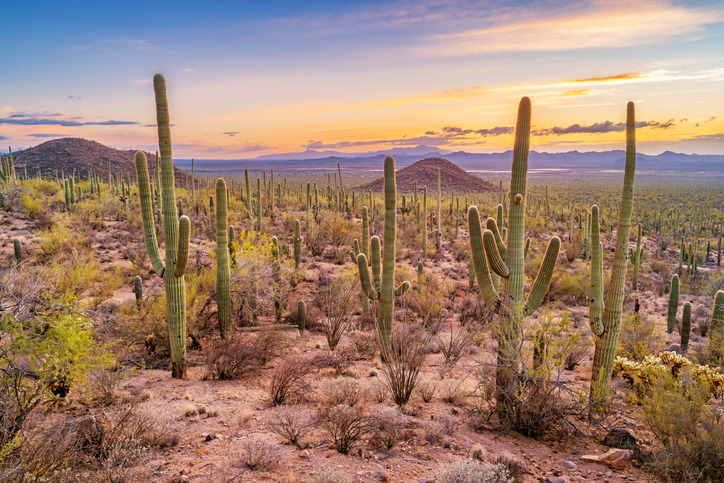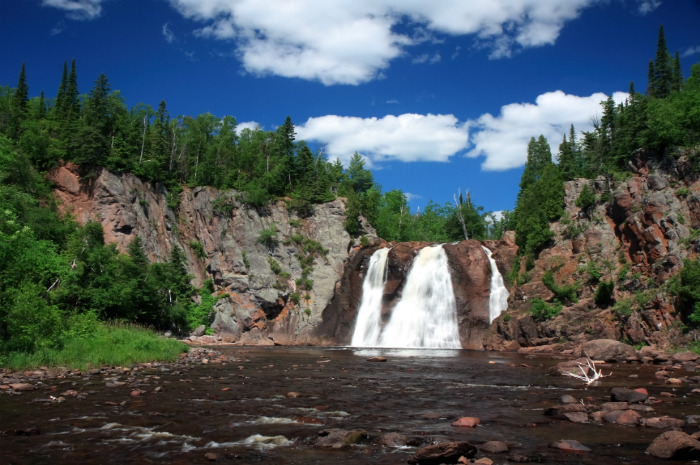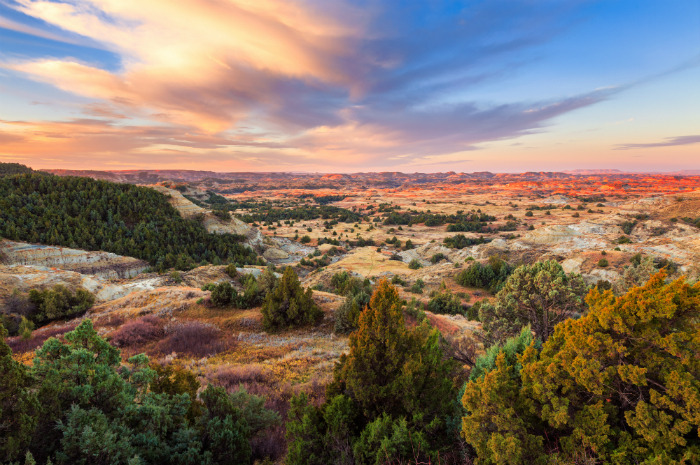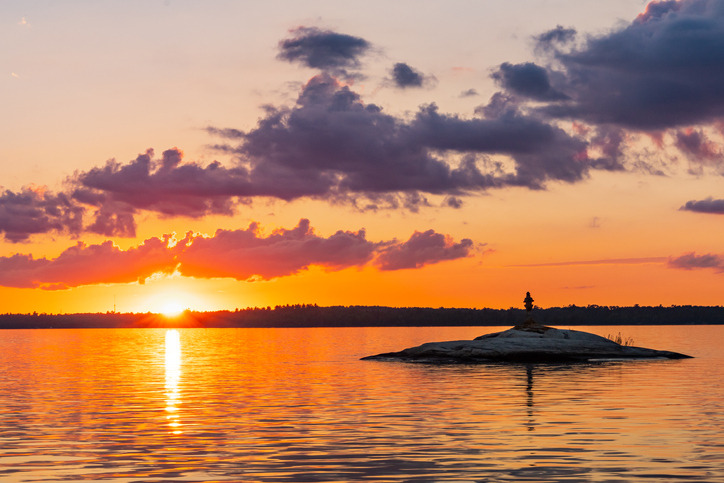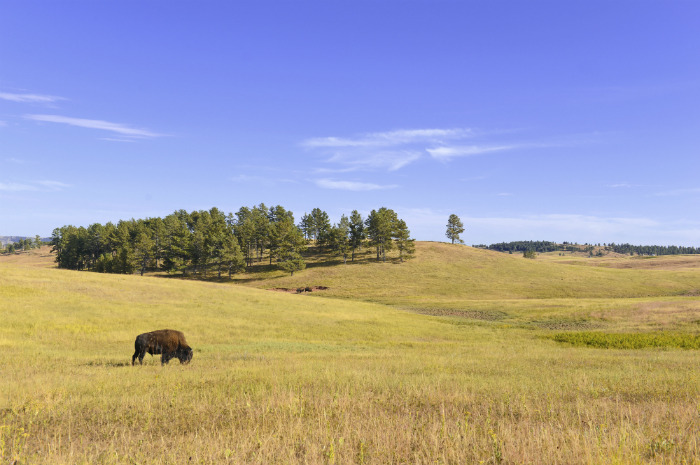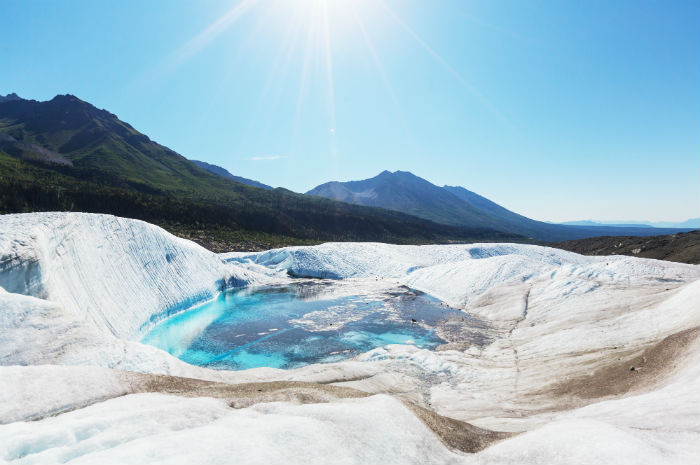The 50 Most Underrated Parks In America
Americans can easily take it for granted that the United States contains a bounty of natural treasures. Travelers come from around the world to marvel at the jaw-dropping beauty found inside our parks. If you haven't experienced some of their iconic wonders and stunning views, visiting a national or state park should be top of mind when planning your next travel adventure.
A U.S. park visit doesn't have to mean braving the tourist-laden crowds at often-visited Yosemite, Yellowstone or the Grand Canyon, however. Instead, you can experience serene landscapes and have once-in-a-lifetime experiences at America's many underrated parks.
Our staff compiled this list of the most underrated parks by comparing annual visitor numbers from various government agencies, including the National Park Service, as well as comparing each park's popularity in media coverage, travel guides and more. These 50 hidden gem parks of different sizes and classifications may be less famous than their more popular counterparts, but they're not an ounce less epic. They still have amazing natural beauty, adventure opportunities and cultural and historical significance.
Ahupua'a O Kahana State Park
Situated on the island of Oahu, Ahupua'a O Kahana's primary purpose is to be a "living park" that teaches visitors about Hawaiian culture. The park is home to roughly 31 native families who educate visitors through programs and activities, some of which include hunting, hiking, fishing and enjoying the island's beaches, which are among the best in the world.
Amnicon Falls State Park
Wisconsin's 825-acre Amnicon Falls State Park may be small in size, but it has a lot to offer. Explore hiking trails, seek out the park's scenic viewing points or swim beneath waterfalls on the Amnicon River for sheer relaxation.
Anza-Borrego Desert State Park
A two-hour drive from San Diego will take you to California's largest state park. Anza-Borrego Desert State Park in Borrego Springs encompasses more than 600,000 acres of land. The dreamy desert is a sight to see with its badlands, slot canyons and cactus-covered hills. Explore the park by hiking, biking or going on a scenic drive.
Badlands National Park
Camp and hike alongside bison, bighorn sheep, prairie dogs and black-footed ferrets at South Dakota's Badlands National Park, which spans 244,000 acres — a picturesque expanse of mixed-grass prairie. That's probably why scenes from the films "Dances with Wolves" and "Thunderheart" were shot here, making it one of many famous movie locations you can explore in real life. The park also contains one of the world's richest fossil beds.
Baxter State Park
Most Maine travel guides gloss over this multifaceted camping destination in Millinocket, which offers gorgeous hikes of every length and difficulty level as well as canoeing on the park's flatwater lakes and ponds. Visitors can rent canoes and kayaks then take a break with a dip by any of the small waterfalls.
Big Bend National Park
Located in southwestern Texas, Big Bend is named for a, uh, big bend in the Rio Grande, which wraps the park's southern edge for 118 miles as it winds through part of the Chihuahuan Desert, the largest desert in North America. The park completely encompasses the Chisos Mountains and features spectacular views of canyons and verdant plains along the river. With its vast and varied landscape Big Bend offers the perfect long weekend getaway with scenic drives, river trips, horseback riding, stargazing and amazing spots to take photos.
Capitol Reef National Park
Bryce Canyon and Zion may be among America's most stunning sights, but don't dismiss nearby Capitol Reef. The Utah park transports you to what feels like another planet with its scenic rock formations, natural arches and slot canyons. Capitol Reef National Park straddles the Waterpocket Fold, a buckle in the planet's surface that runs about 100 miles from Thousand Lake Mountain in south-central Utah to the man-made reservoir Lake Powell.
Caprock Canyons State Park and Trailway
Bison can be found roaming the rugged terrain of Briscoe County's Caprock Canyons State Park. At just over 15,000 acres, Caprock Canyons is the third-largest state park in Texas, and it offers 90 miles of trails for horseback riding, hiking, bike riding and scenic drives.
Carlsbad Caverns
Who says national parks can't thrive underground? A New Mexico treasure located on the state's southern border with Texas, Carlsbad Caverns is made up of 119 caves and thousands of unique cave formations. Be sure to see the largest cave, called the Big Room, and go for a ranger-led tour if you're not claustrophobic. In the summer months, look up — you'll see a slew of Brazilian free-tailed bats hanging upside down.
Chaco Culture National Historical Park
As its name suggests, New Mexico's Chaco Culture National Historical Park is home to the cultural landmarks of the Chaco, an ancestral Pueblo people, and preserves a large collection of ancient historical ruins. Visitors are free to experience the park via guided tours, hiking trails and evening campfire talks.
Channel Islands National Park
Those who need a break from the bustle of urban life in California can travel just off the state's coast to Channel Islands National Park, where visitors can enjoy peaceful activities including camping, picnicking, snorkeling, birdwatching and wildflower viewing. Encompassing five islands, the park stretches across roughly 250,000 acres and offers countless opportunities for sheer relaxation.
Congaree National Park
This 26,000-acre must-see just southeast of Columbia, South Carolina, protects the largest intact tract of old-growth bottomland hardwood forest remaining in the U.S., as well as some of the tallest trees in eastern North America. Visitors can hike, camp, canoe, kayak and fish amid one of the highest canopies in the world. Rangers and volunteers also conduct walks and give talks throughout the year.
Crater Lake National Park
Oregon's Crater Lake National Park houses the deepest lake in the United States, which occupies the caldera of a gigantic volcano that collapsed in an eruption nearly 8,000 years ago. The picturesque sight of the lake's deep, blue water and its surrounding area is a marvel for travelers and sightseers.
Cuyahoga Valley National Park
Cuyahoga Valley National Park in northeastern Ohio abounds with activities, making it a family-friendly destination. Visitors can hike more than 125 miles of trails, paddle along the Cuyahoga River, bike around the Ohio & Erie Canal Towpath Trail, and tee up at one of the four golf courses located in the park.
Dead Horse Point State Park
Utah's Dead Horse Point State Park in Moab features a stunning overlook of the Colorado River and Canyonlands National Park. Deep canyons carved over the years by ice, wind and seas offer scenic landscape views for visitors, who can also hike the pet-friendly trails within the park.
Douthat State Park
Located in Virginia's Allegheny Mountains, Douthat State Park encompasses about 4,500 acres of land with a 50-acre lake. Visitors are welcome to explore the park by mountain biking, fishing, boating, swimming or hiking.
Dry Tortugas National Park
Far from what its name might suggest, the 100-square-mile Dry Tortugas National Park is almost entirely water, aside from seven small islands. Located in the Gulf of Mexico roughly 70 miles west of Key West, Florida, the park is accessible by boat, concession ferry or seaplane. Upon arrival, you can go camping on the beach, swimming or snorkeling and diving. It's an ideal weekend getaway for water adventure seekers.
Ecola State Park
This 9-mile stretch of coastline southwest of Astoria is one of Oregon's best-kept secret destinations. It offers more than just the usual scenic hike. Explore the diverse ecosystems of the park, with secluded coves, thriving tidepools and forest areas with deer and elk. Keep an eye out for migrating gray whales in winter and spring.
Egmont Key State Park
On an island near the mouth of Tampa Bay in Florida, this wildlife refuge and historical site is filled with secluded beaches and places perfect for swimming and fishing. The remote island is accessible only by private boat and has no drinking water source, so be sure to bring your own.
Eldorado Canyon State Park
In Boulder County, just 45 minutes from Denver, "Eldo" is an adventure junkie's dream, as the park offers over 500 technical rock climbing routes that attract climbers from around the world. The park is also perfect for mountain biking and fishing, as well as cross-country skiing and snowshoeing in the winter. Families with younger explorers can enjoy light streamside hiking and picnicking by South Boulder Creek.
Fort Ransom State Park
Nestled in the picturesque and heavily wooded Sheyenne River Valley in North Dakota's Ransom County, this romantic spot is a popular place for canoeing and kayaking, as well as horseback riding, snowmobiling and cross-country skiing.
Gates of the Arctic National Park and Preserve
The second-largest national park in the world at 8,472,506 acres, Alaska's Gates of the Arctic is located entirely north of the Arctic Circle. It contains no roads, trails or established campsites. Those exploring the vast and essentially untouched landscape on foot must have expert survival skills and crave complete solitude, as no cellphone service or emergency services are available. The tradeoff is unobstructed views of the northern lights and other marvelous sights. You can also see the landscape on a "flight-seeing" trip via local air taxi.
Glacier National Park
Known as the centerpiece of the Crown of the Continent Ecosystem, Glacier National Park sits on the border between Montana and the Canadian provinces of Alberta and British Columbia. The popular summer destination is home to grizzly bears, mountain goats, wolverines, Canadian lynxes and hundreds of species of birds. There are also historic wooden tour boats that have been operating since the 1920s.
Great Basin National Park
An underrated national park, Great Basin National Park in eastern Nevada is home to the Lehman Caves, where you can take a daily guided tour of a unique cavern discovered in the late 1880s. After exploring the caves, check out the 13,063-foot Wheeler Peak or the thousands-of-years-old bristlecone pines around the park grounds. Don't forget to end your trip with a full moon hike or solar telescope viewing — you might just see the Milky Way.
Great Sand Dunes National Park
Hiking to the tallest dune in North America, taking a splash at Medano Creek and going sand-sledding are some of the bucket-list experiences to enjoy at Great Sand Dunes National Park in southern Colorado. The park is always open, so visitors can experience nocturnal wildlife and catch gorgeous night sky views after the sun goes down.
Halibut Point State Park
This Massachusetts destination on Cape Ann consists of parallel areas of conserved oceanside land, complete with trails, tide pools and rocky ledges. Learn about the history of the region's granite industry with a live demonstration of granite splitting, and on a clear day, climb the 60-foot renovated World War II fire tower for a panoramic view of Mount Agamenticus and the Isles of Shoals.
Harpers Ferry National Park
The picturesque Harpers Ferry National Historical Park sits at the confluence of the Potomac and Shenandoah rivers around Harpers Ferry, West Virginia — the site of abolitionist John Brown's historic raid on a federal armory in 1859 — but spills over into Virginia and Maryland. Given its significance, the park now offers living history events on the weekends throughout the year, including a visit to an 1812 military recruitment station and a demonstration of field artillery. Workshops on cooking, blacksmithing and gardening are also offered.
International Peace Garden
Located in Rolette County, on the border between North Dakota and Canada's Manitoba province, the park was established in 1932 as a symbol of the peaceful relationship between the two North American nations. (One of North Dakota's nicknames is the Peace Garden State.) Be sure to see the 18-foot floral clock, as well as the water fountains and flowers, of which the park plants 150,000 each year.
Isle Royale National Park
Surrounded by Lake Superior, Michigan's Isle Royale National Park is a prime location for those who want to disconnect from the world. The isolated island offers peaceful solitude among wilderness and activities for scuba-diving, kayaking, fishing and boating enthusiasts.
Jean Lafitte National Historical Park and Preserve
Located just south of New Orleans, this national park encompasses the rich cultural traditions of Louisiana and protects the natural resources of the Mississippi River Delta. Explore the area's wild wetlands in the Barataria Preserve and catch glimpses of the alligators and 200-plus species of birds that inhabit the region.
Julia Pfeiffer Burns State Park
Julia Pfeiffer Burns State Park in California's Big Sur is home to McWay Falls, an 80-foot-tall waterfall that flows to the Pacific Ocean. The park is named after a pioneering Big Sur rancher. While taking in the panoramic view of the ocean at the end of the Overlook Trail, you might just spot gray whales off the coast.
Katmai National Park
Come here for the brown bears, and stay for incredible views of the park's active volcanic landscape. Covering over 4 million acres of the Alaska Peninsula, Katmai was named a national monument in 1918 to protect and preserve the area following a devastating 1912 volcanic eruption. The park's most popular destination is Brooks Camp, where visitors can encounter Alaskan brown bears in their natural habitat and enjoy fishing in the summer months.
Kenai Fjords National Park
This park covers nearly 670,000 acres, with stunning views of glaciers, icefields and snow-capped mountains. The icy landmark, located near Seward, Alaska, can be explored via boat tours, hiking trails, kayaking and dog sled tours. With adequate snow cover, visitors can also venture to designated areas of the Exit Glacier on snowmobiles.
Kings Canyon National Park
California's Kings Canyon National Park has a similar landscape to Yosemite but is much less visited. The park is home to the deepest canyon in the United States and the General Grant tree, the second largest tree in the world and officially designated as the "Nation's Christmas Tree." Aside from the giant sequoia groves and steep canyon walls, the park hosts peaceful glacial lakes and numerous cave systems.
Lassen Volcanic National Park
Situated in northeastern California, Lassen Volcanic National Park features the largest plug dome volcano in the world. Hydrothermal areas at the park are still active with fumaroles, boiling mud pots and steaming ground. While you're here, catch views of the striking volcanic landscape or explore the park by camping, fishing and auto-touring. Winter activities also include snowshoeing and skiing.
Letchworth State Park
New York's Letchworth State Park has earned the nickname "Grand Canyon of the East" for the magnitude of its visual landscape. The 14,427-acre park follows the course of the Genesee River for roughly 17 miles and features views, waterfalls and lush forests. Popular recreational activities include horseback riding, biking, whitewater rafting and hot air ballooning.
Mammoth Cave National Park
Kentucky's Mammoth Cave National Park is home to the world's longest cave system, which extends over 400 miles. Visitors can schedule cave tours, explore historic caverns or go canoeing and kayaking on the Green River at this underappreciated attraction.
Mojave National Preserve
Find peace from the city at Mojave National Preserve, a 1.6 million-acre desert region situated between Los Angeles and Las Vegas. Home to sand dunes, canyons and mesas, the preserve offers plenty of attractions, among them routes for four-wheel drives, trails for horseback riding and campgrounds for staying overnight. If you plan to visit between March and May, you might just catch a bed of Instagram-worthy wildflowers in bloom.
National Park of American Samoa
This 13,500-acre national park is one of the most striking in the world. It spreads across three islands located south of the equator — Tutuila, Ofu, and Ta'ū. Hike through tropical rainforests filled with endemic animals and plants, snorkel on remote beaches amid coral reefs and learn about the culture of the Samoans who preserve and protect the park.
North Cascades National Park
Covering more than 500,000 acres, North Cascades National Park offers visitors a variety of activities, including camping, kayaking, hiking and skiing. The park, which is less than three hours from Seattle by car, recently celebrated its 50th anniversary.
Oleta River State Park
Florida's largest urban park, Oleta River State Park, is located on Biscayne Bay in metropolitan Miami. A haven for bicyclists, the park is best-known for its cycling trails (with options for both beginners and more experienced cyclists) and also features areas for canoeing, kayaking and wildlife viewing.
Porcupine Mountains State Park
At nearly 60,000 acres, Michigan's largest state park is a wilderness wonder with scenic views, mesmerizing waterfalls and enchanting forests. Campsites are located on the shore of Lake Superior, so make sure to catch a sunrise — or a sunset, if you're not an early bird. The park is also home to Porcupine Mountains Ski Area, where you can go skiing, snowshoeing or snowmobiling in season.
Pua'a Ka'a State Wayside Park
While driving along the Hana Highway in Maui, Hawaii, take a relaxing break at this 5-acre rainforest expanse. Take a short hike streamside to see the best waterfall of the area, and be sure to bring your GoPro camera for photos if you take a dip in the pools.
Russian Fort Elizabeth State Historical Park
Located southeast of the Waimea region on the island of Kauai, this park is home to the last remaining Russian fort on the Hawaiian islands, built in 1817. Take in the scenic views (including a picturesque perspective of the Hanalei Pier) while exploring the historical landmark no matter the season.
Saguaro National Park
Saguaro National Park outside Tucson, Arizona, is home to the nation's largest cacti, the park's namesake saguaros. Hike the park's more than 150 miles of hiking trails or camp in the Sonoran Desert among dense saguaro forests and unique wildlife such as coatis, Gila monsters and javelinas.
Tettegouche State Park
Tettegouche State Park is located in Lake County, Minnesota, on the north shore of Lake Superior. At about 9,300 acres, the park includes a hardwood forest, four inland lakes and three waterfalls. The 70-foot High Falls of the Baptism River is the highest waterfall located entirely within the state.
Theodore Roosevelt National Park
Named after the 26th U.S. president, Theodore Roosevelt National Park covers more than 70,000 acres of land in western North Dakota. Divided into three separate areas, the North and South units of the park offer scenic drives that lead you to breathtaking views of the Badlands, while the Elkhorn Ranch Unit includes a walking path from the entrance of the park to Roosevelt's Maltese Cross Ranch Cabin.
Voyageurs National Park
One of Minnesota's most underrated destinations, Voyageurs National Park is a great spot for fishing, canoeing and kayaking enthusiasts given the park's numerous waterways. Guided boat tours are available for visitors who want to travel to areas only accessible by water, and scenic hiking trails are ready for those who want to venture by foot.
Wind Cave National Park
Wind Cave National Park was the first cave in the world to be named a national park. Known for its boxwork formations and its complex mazes that extend over 140 miles, the cave can be toured with a park ranger. Above ground, visitors can catch glimpses of the wildlife, notably the bison and prairie dogs that call the surrounding South Dakota prairie home.
Wrangell-St. Elias National Park and Preserve
There's a lot to explore at Wrangell-St. Elias, which holds the title of America's largest national park. At more than 13 million acres, it's the size of six Yellowstones combined. The rugged Alaskan terrain contains some of North America's largest volcanoes and a wide range of wildlife. Backpacking, hiking and mountaineering are popular activities for adventurous visitors.
